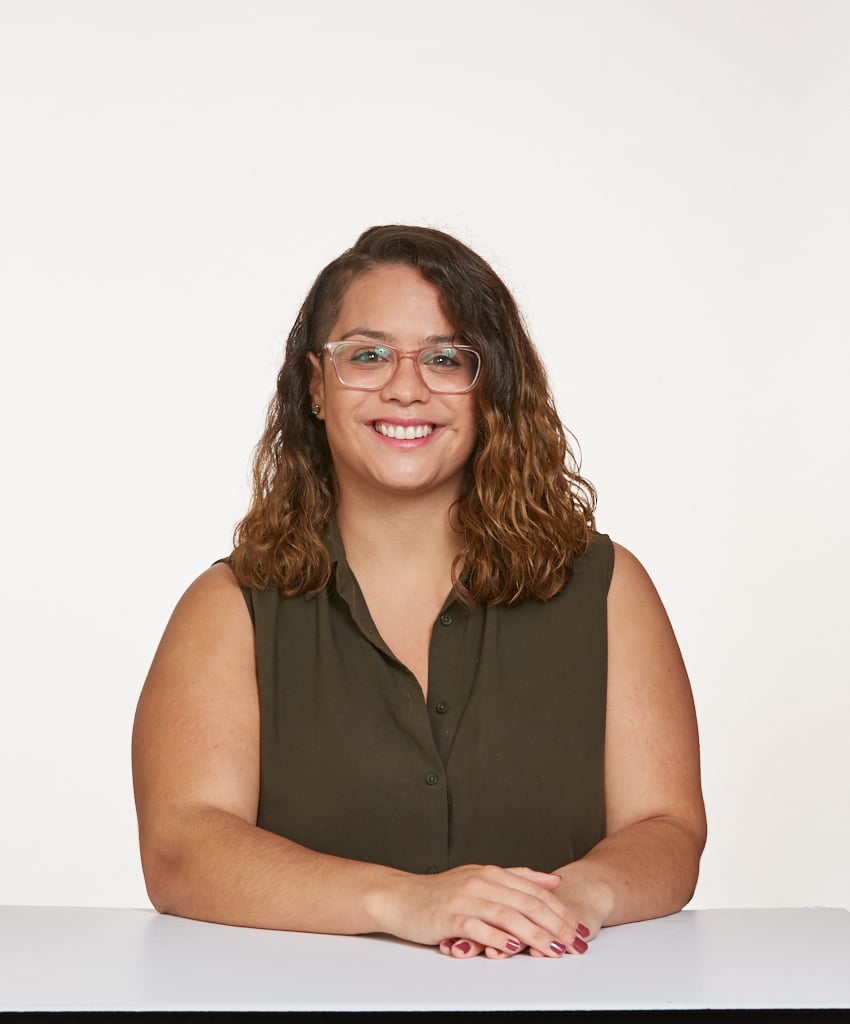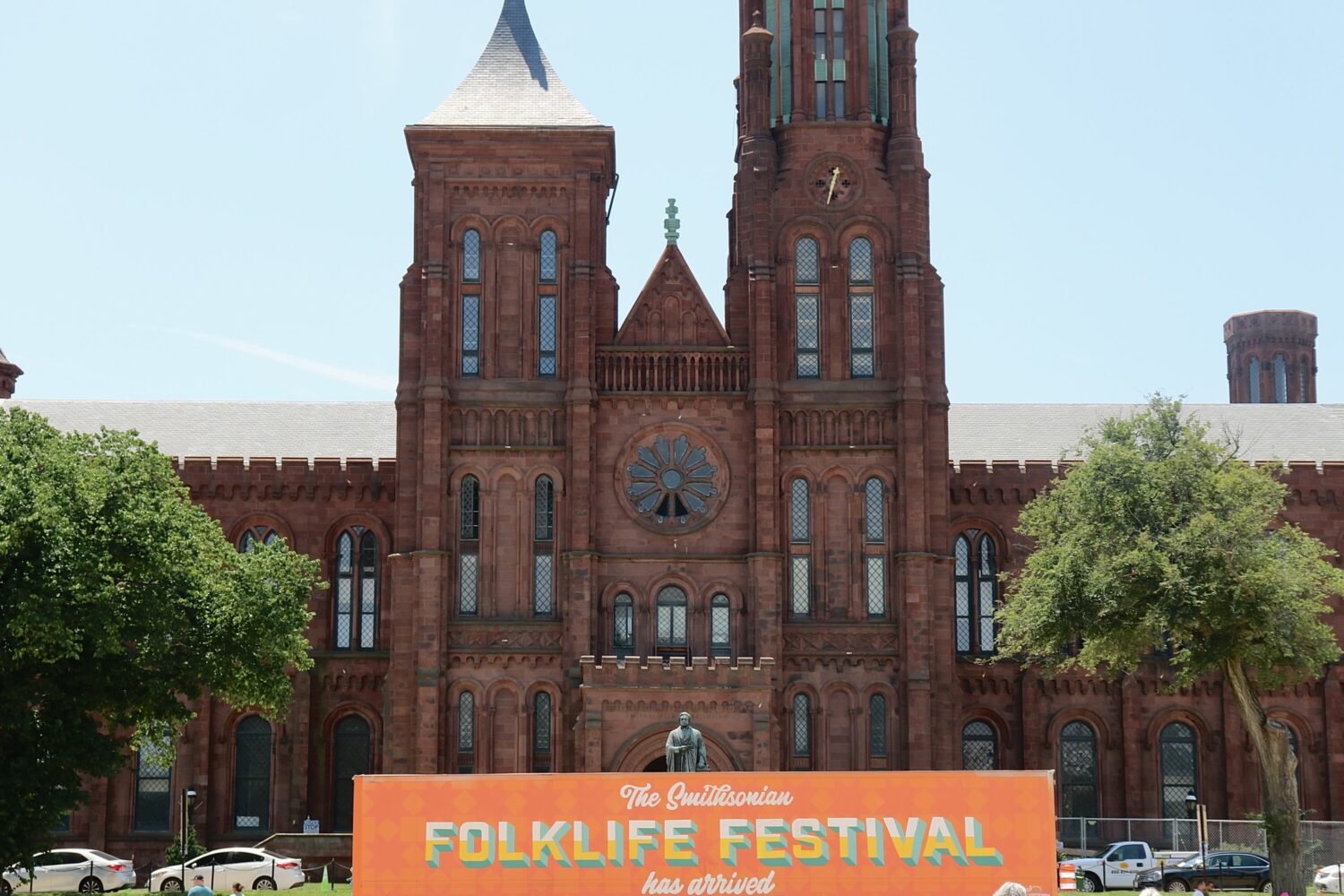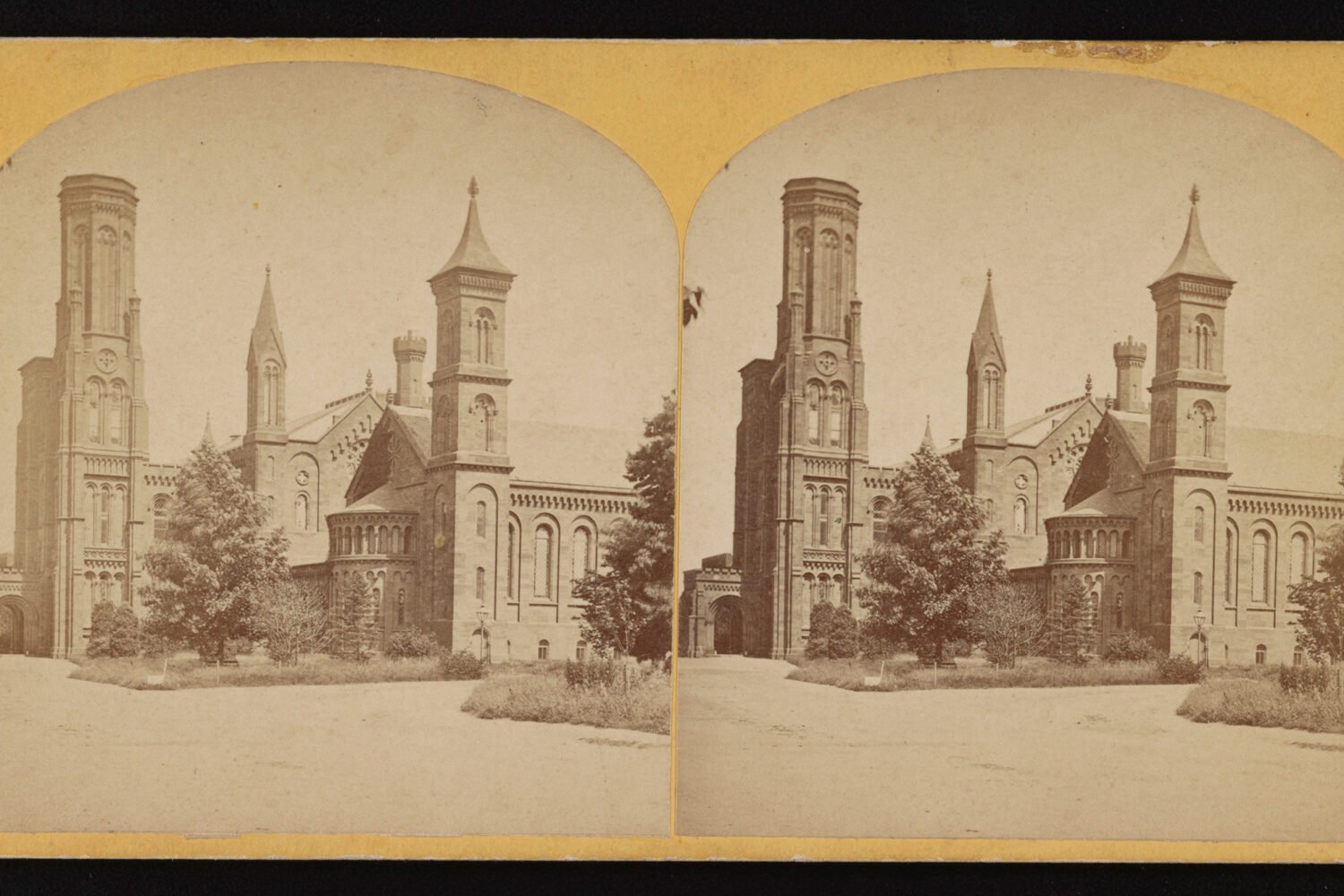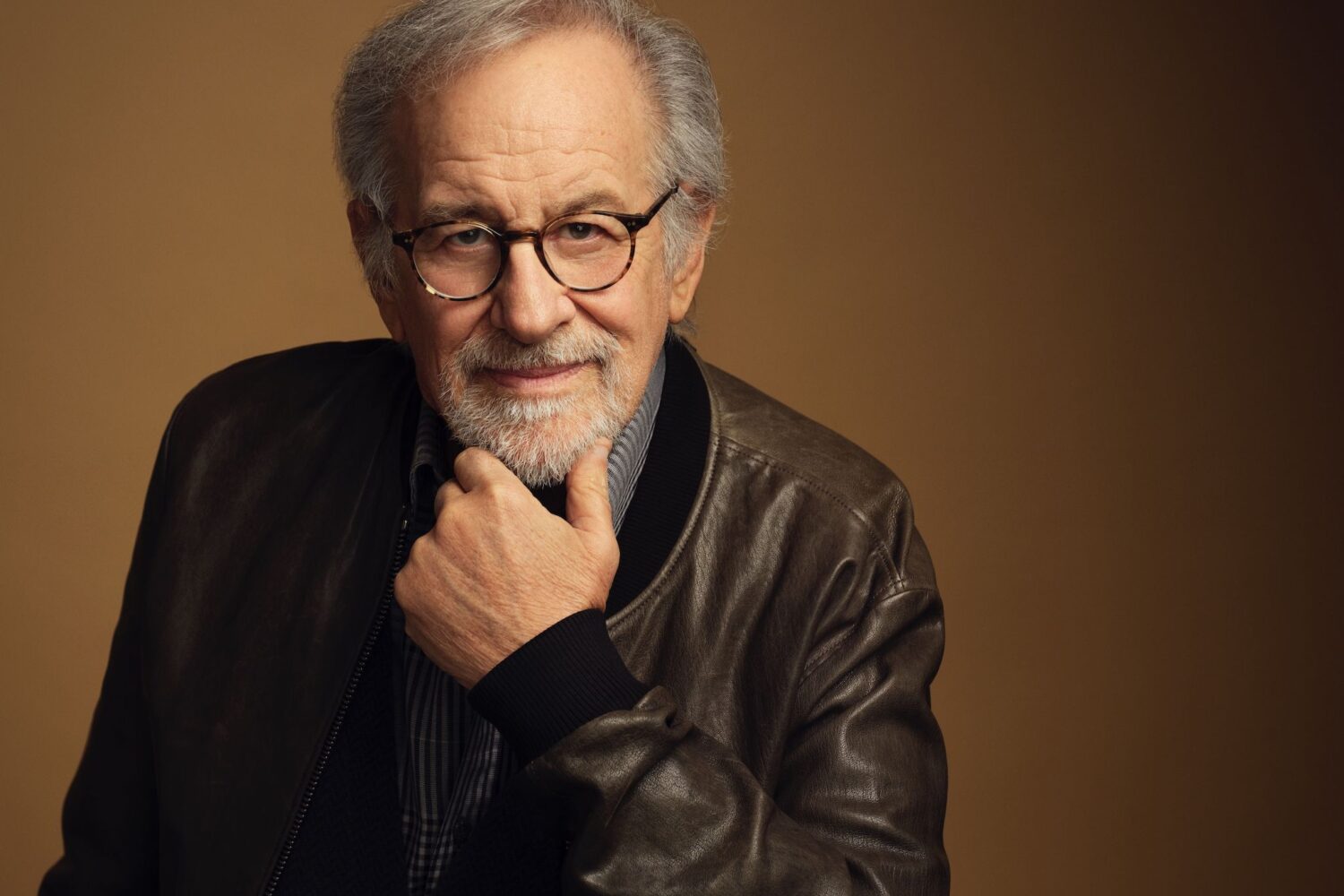On Tuesday the Smithsonian published a collection of virtual resources from its various museums and centers aimed at educating visitors about racism, xenophobia, and discrimination against Asian Americans in the wake of the killings in Atlanta last week. The #StopAsianHate webpage features links to online exhibits, museum artifacts, archives, art, interviews, films, and more from institutions including the National Museum of Asian Art, the American Art Museum, the National Air and Space Museum, and the National Museum of African American History & Culture. The offerings are “educational resources and direct learning opportunities that we hope can contribute to deconstructing systemic oppression and affirm the dignity of all people,” writes Smithsonian Secretary Lonnie Bunch in an introductory statement.
For those who are eager to research the Smithsonian’s collection, there’s a lot to choose from: Learn about how to address anti-Asian racism with young students; see the Anacostia Community Museum’s short documentary about the history and future of DC’s Chinatown; watch an interview with Silver Spring couple Satoko Ito Ackerman and David Mercer Ackerman, who marched from Selma to Montgomery in 1965; hear Japanese folk songs from the New Asia Chamber Music Society; or explore the artful video poems in “Queer Check-Ins,” a project from Korean American author Franny Choi that highlights a dozen queer Asian American and Pacific Islander poets.
With these opportunities, the Smithsonian is amplifying stories about Asian American and Pacific Islanders across the country and encouraging the public to get engaged in self-education. The institution will continue adding resources to the page in the coming days, as well. “Reaching for real systemic change…requires an unpacking of the entangled systems that perpetuate oppression,” writes Bunch. “To these ends, the Smithsonian collaborates with communities and acknowledges the work of colleagues who are counteracting exploitative narratives and practices, uplifting marginalized voices, and sharing in the work of community care.”


















